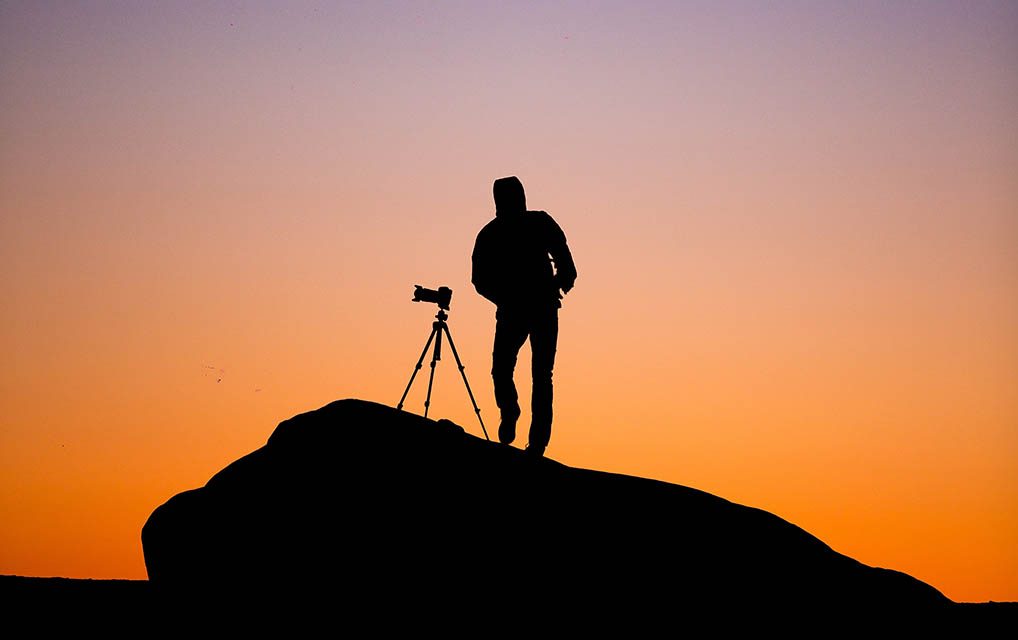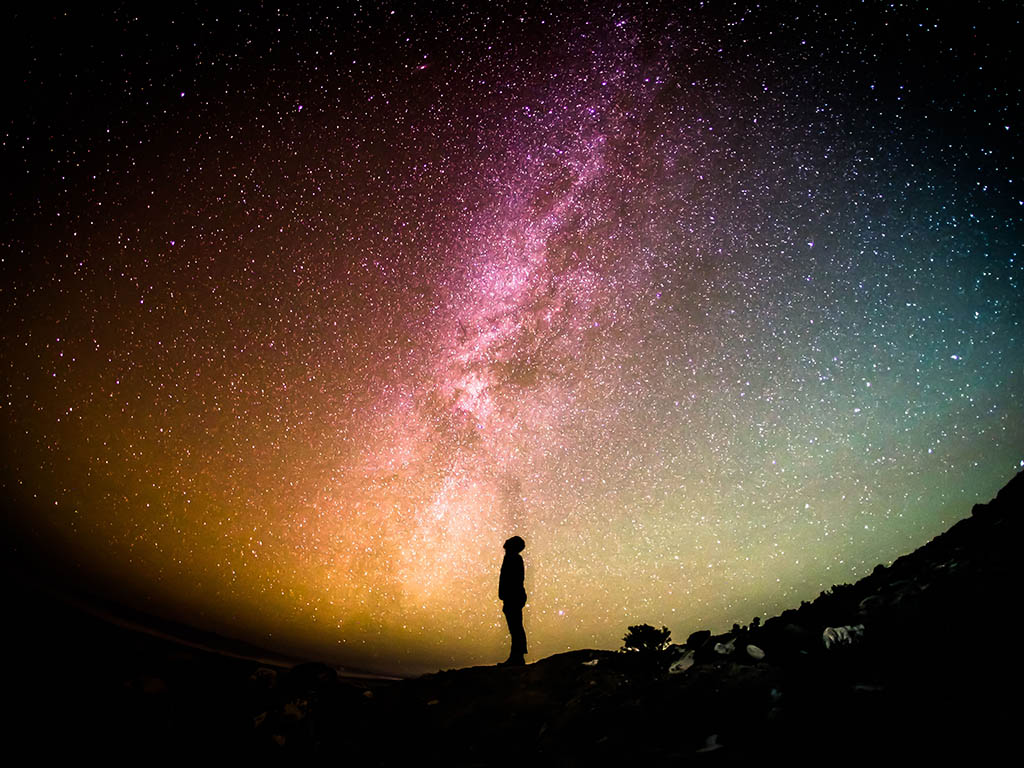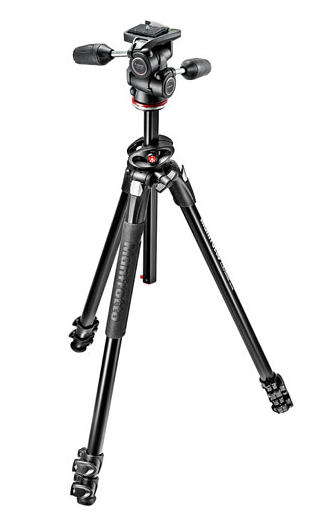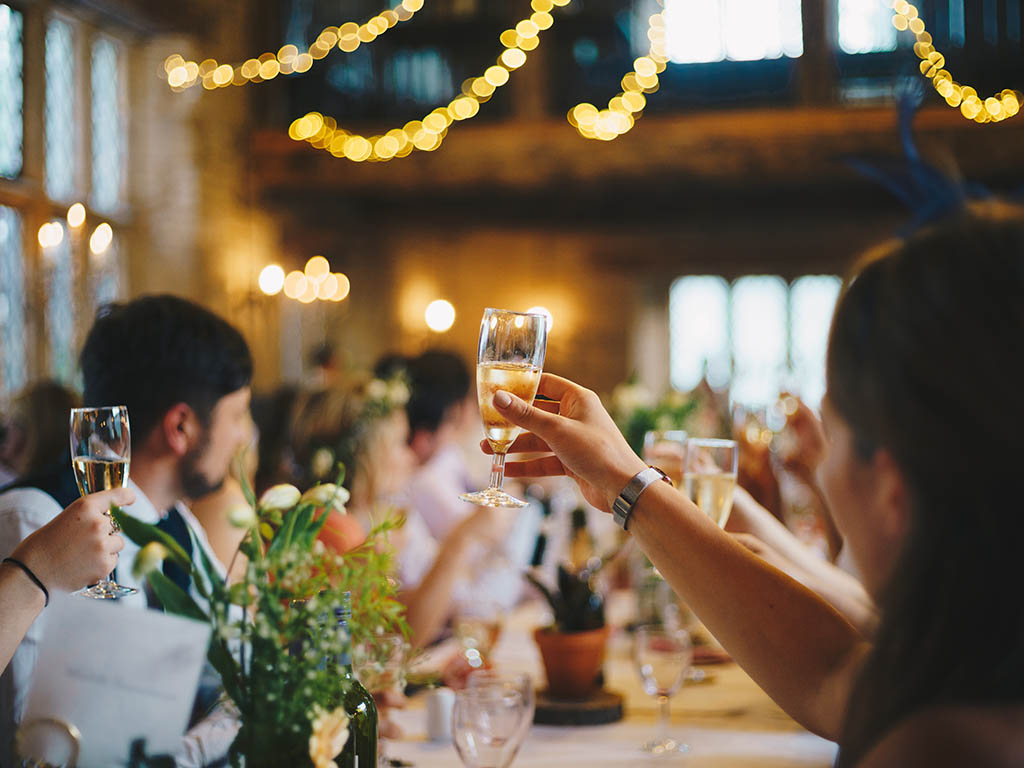
My tripod is an essential part of my shooting kit that I take with me every time I leave the house for a paid gig, and often when I’m shooting for fun too. The great thing about investing in a tripod is that you really only need to do it once. Camera bodies need to be upgraded every few years, but a good quality tripod should last you a lifetime.
Today I’m going to walk you through a variety of situations where a tripod is going to help you get the best shot possible.
Start simple and grow
When I first started getting into photography it gave me a reason to get out of the house and do something creative. I love to move and I love to get exercise, but I need a reason to do it (that’s why you’ll never find me on a treadmill!). Photography gave me a reason to walk for hours around the city streets looking for interesting textures, architectural features and street art. My kit was simple; a camera and a lens. But as I progressed in photography and became interested in other styles, I quickly realized that if I wanted to pursue them I would need to add some pieces to the puzzle.
The primary reason to use a tripod is of course to keep your camera steady. This was really important in the early days of photography because shutter speeds had to be very long in order to get a good exposure. This is the very reason that you don’t see old pictures of people smiling—they had to stay very, very still so the image would be sharp.
A tripod for landscapes
One of the common scenarios in which tripods are used nowadays is in landscape photography. Anyone hoping to emulate the great Ansel Adams needs to be very deliberate in how they approach their craft. It is of course possible to shoot landscapes hand-held, but as the light starts to fade at dusk, for example, and you want to keep your aperture small (i.e. at a higher f-stop), you will find that you need to reduce your shutter speed, or increase your ISO in order to get good exposure. A low shutter speed will cause blurred images, and a high ISO will result in digital noise which will degrade your final print. The solution is to use a tripod to compensate for a low shutter speed.
The light around dusk is some of the most interesting you’ll see all day, so you really want to have the ability to keep shooting as day progresses into night. This is where a tripod will save you. It will also save your arms from holding that camera up for hours on end once you have found your ideal scene, and there’s nothing like fatigue to test your resolve to stay out and keep shooting!
The Milky Way Shot

One of the coolest photography trends I’ve noticed lately is Milky Way shots. In order to get a good photo of the Milky Way, you’ll first of all need to find a semi remote area with less light pollution than you’ll find near cities. You’re going to be shooting exposures in the 15-40 second range, so a tripod is vital. A solid, weighty tripod is preferable because even the smallest vibrations can ruin your shot.
Manfrotto is one of the most respected names in tripods and their Element Traveller Big Tripod is a solid option. It’s made of aluminum which is heavier than carbon fibre and so will provide a steadier base. It also has a hook at the bottom of the vertical support column which allows you to hang a weight to further enhance stability.
Shoot products with a tripod
 If you’re interested in product photography you will definitely want to use a tripod. I recently had a photoshoot where I spent the day shooting over 100 different pieces of biodegradable plastic packaging (so glamorous!) and there was absolutely no way I could have worked handheld. It was important that I could show the client accurate and replicable compositions during the shoot, and this wouldn’t have been possible without a tripod. One feature that I missed however was quick release locking points like those on the Manfrotto 290 Dual 3-Way Head Tripod, which allow you to quickly and easily adjust the position of the tripod head.
If you’re interested in product photography you will definitely want to use a tripod. I recently had a photoshoot where I spent the day shooting over 100 different pieces of biodegradable plastic packaging (so glamorous!) and there was absolutely no way I could have worked handheld. It was important that I could show the client accurate and replicable compositions during the shoot, and this wouldn’t have been possible without a tripod. One feature that I missed however was quick release locking points like those on the Manfrotto 290 Dual 3-Way Head Tripod, which allow you to quickly and easily adjust the position of the tripod head.
Tripods are great for weddings

Weddings are another situation in which a tripod is invaluable, specifically during the family portraits. I always scout out my location prior to the ceremony and get my tripod all set up in advance. I find it much easier to work with a larger group of people with the camera locked off on the tripod. And when it came to editing the images I frequently merge two images in Photoshop in order to get the best photo of everyone present. So for example if mum’s eyes are closed in one shot but everyone else looks great, I would essentially just cut and paste the eyes from the next or previous photo, and because I was working off a tripod, everything was in exactly the same place.
The other point at which a tripod comes in handy at weddings is during dimly lit indoor situations, like the ceremony or reception. Having the camera locked off on the tripod allows you to shoot at lower shutter speeds than would be possible hand-held. A monopod is a good alternative in this situation too, as it allows you to be a little more nimble and mobile. I have in the past used my tripod like a monopod simply by extending just one leg. Of course it’s much bulkier than an actual monopod, but it works in a pinch! There is also the option of a 2-in-1 tripod like this one which is both monopod and tripod.
Finally, I do want to mention the necessity of a tripod for shooting timelapse videos. Many cameras now have an interval timer built in which allows you to easily set up cool timelapse shots. It’s a relatively easy technique to master and yields some amazing results, but impossible without a tripod.
Be sure to check out the full array of tripods available at BestBuy.ca


